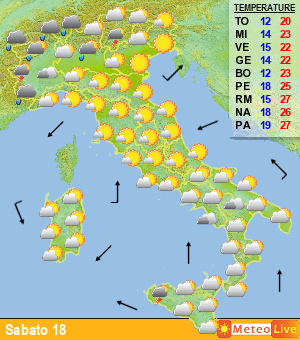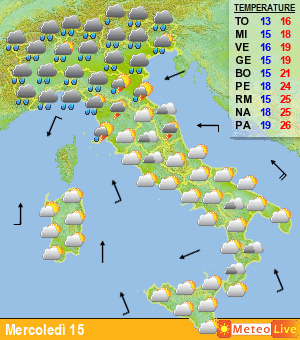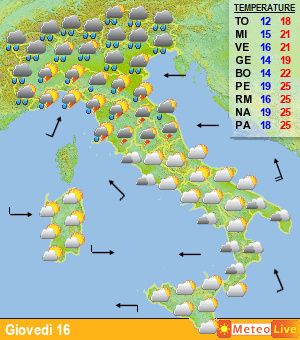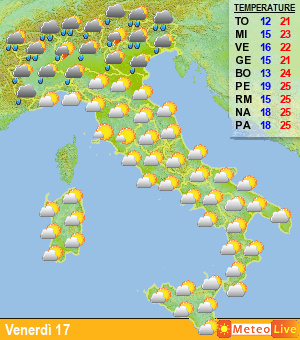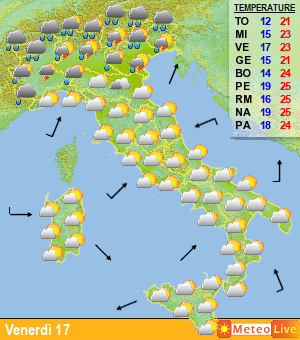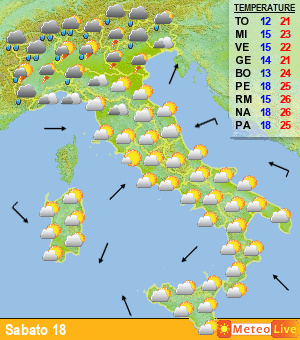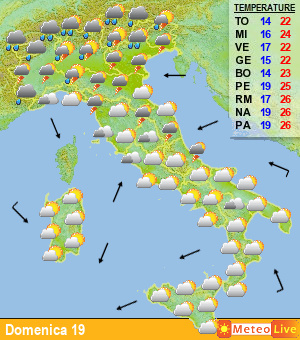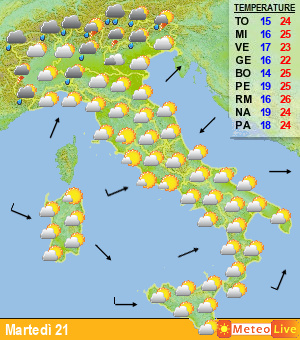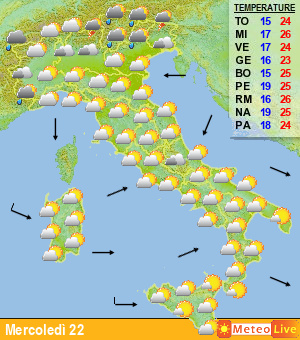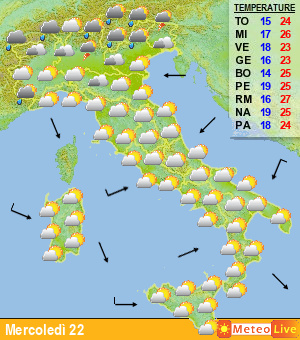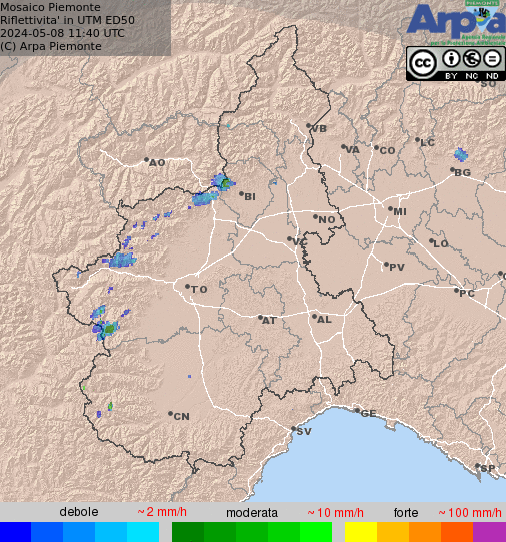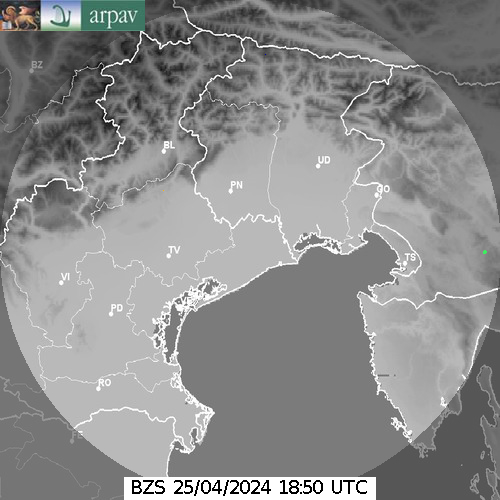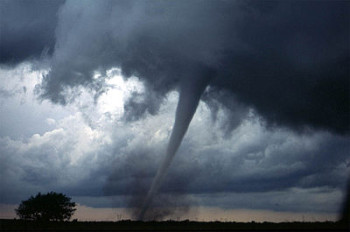Già negli anni Quaranta nei dati delle temperature di alcune parti di Australia, Sudest asiatico e Africa c’erano i primi segnali del riscaldamento globale, mentre negli anni Sessanta i segni di un clima più caldo si potevano notare anche nell’area dei tropici. A dirlo è uno studio condotto da ricercatori inglesi ed australiani, pubblicato su Environmental Research Letters, che ha ‘svelato’ così quando nei dati delle temperature sono apparsi i primi segnali del surriscaldamento globale.
La ricerca si sofferma sugli impatti globali già avvenuti e su quelli destinati ad aumentare nei prossimi anni. I ricercatori, in particolare, hanno esaminato le temperature medie e quelle estreme, dati considerati più sensibili al riscaldamento globale.
Vicino ai poli, invece, i cambiamenti climatici nei dati delle temperature sono apparsi dopo. Tra il 1980 e il 2000, infine, le colonnine di mercurio della maggior parte del pianeta stavano mostrando chiari segni del riscaldamento globale. Gli Usa fino ad oggi hanno mostrato segnali minori, ma – avvertono gli studiosi – i segni del surriscaldamento diventeranno più evidenti nel prossimo decennio.
Mentre i mutamenti nelle temperature, scrivono ancora gli studiosi, sono già chiari nella maggior parte del mondo, quelli nelle piogge non sono ancora abbastanza pronunciati.
Nonostante si sia registrato un aumento generale delle precipitazioni estreme, questo non è ancora abbastanza forte da essere considerato al di fuori della variazione naturale. “Ci aspettiamo che i primi eventi di forti piogge con un chiaro segnale di riscaldamento globale si verificheranno negli inverni in Russia, Canada e Europa del Nord nei prossimi 10-30 anni”, ha detto Ed Hawkins dell’università di Reading, co-autore dello studio. “Questo potrebbe portare eventi di precipitazioni abbondanti in aggiunta alla tendenza già esistente di inverni sempre più umidi in queste regioni”.
Ansa.it
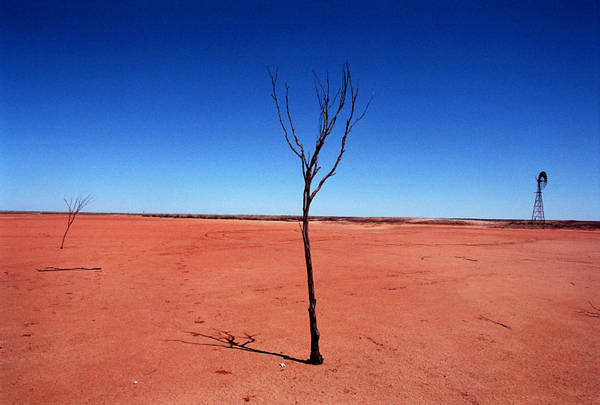
Drought in Australia Documentation January 2007
Ground cover is sparse on land outside of Ivanhoe in the far west of New South Wales, Australia.
As the frequency and intensity of severe weather around the globe intensifies, even some of the staunchest opponents to climate change are starting to shift their ideological positions. In Australia drought affected farmers and graziers are beginning to experience some of the worst conditions witnessed in the past 100 years. For those living along and relying on the Murray-Darling River system, arguably Australia’s largest and most important network of rivers, lakes and catchment areas, the times have rarely looked as dire. This once majestic river system occupies and supports 14% of Australia ( twice the size of France)where in places it has been reduced to a mere trickle.
Through a complex network of weirs and dams built over the past century both the Murray and Darling River systems have had their flows heavily regulated to accommodate both graziers and semi-arid zone irrigators. But bureaucratic bungling between both State and Federal Governments and water management agencies, coupled with unforeseen climatic conditions have rendered important waterways and lake systems dry. For the first time in recorded history the Murray River faces the real threat of running dry with its primary dam, the Hume, at unprecedented lows of 4% capacity.
For graziers who can fortunately rely on sub-artesian waters for their stock there remains little consolation as the necessity to hand feed relies on the production of grains by farmers who many of which have had water allocations reduced to zero amidst tightening water restrictions put in place by government agencies. Graziers already facing economic hardships are being forced to re-evaluate stock numbers and in a growing number of cases are having to de-stock their properties prompting large livestock sales throughout the country.
January 2007
Ivanhoe, New South Wales, Australia
© Dean Sewell/ Oculi/ Agence VU
for Greenpeace

Passaggio di una Perturbazione Atlantica classica: prima e dopo.
ottobre 12, 2024
Radar Doppler e Precipitazioni: quando e’ ingannevole?
settembre 26, 2024
Alpi e Prealpi Lombarde e Correnti in quota da SudOvest e SudEst
settembre 05, 2024
Primavera 2024 (Marzo + Aprile + Maggio) in Europa
luglio 17, 2024
Anno 2024: Nord Italia: in nemmeno 7 Mesi la Pioggia di un Anno.
luglio 07, 2024











